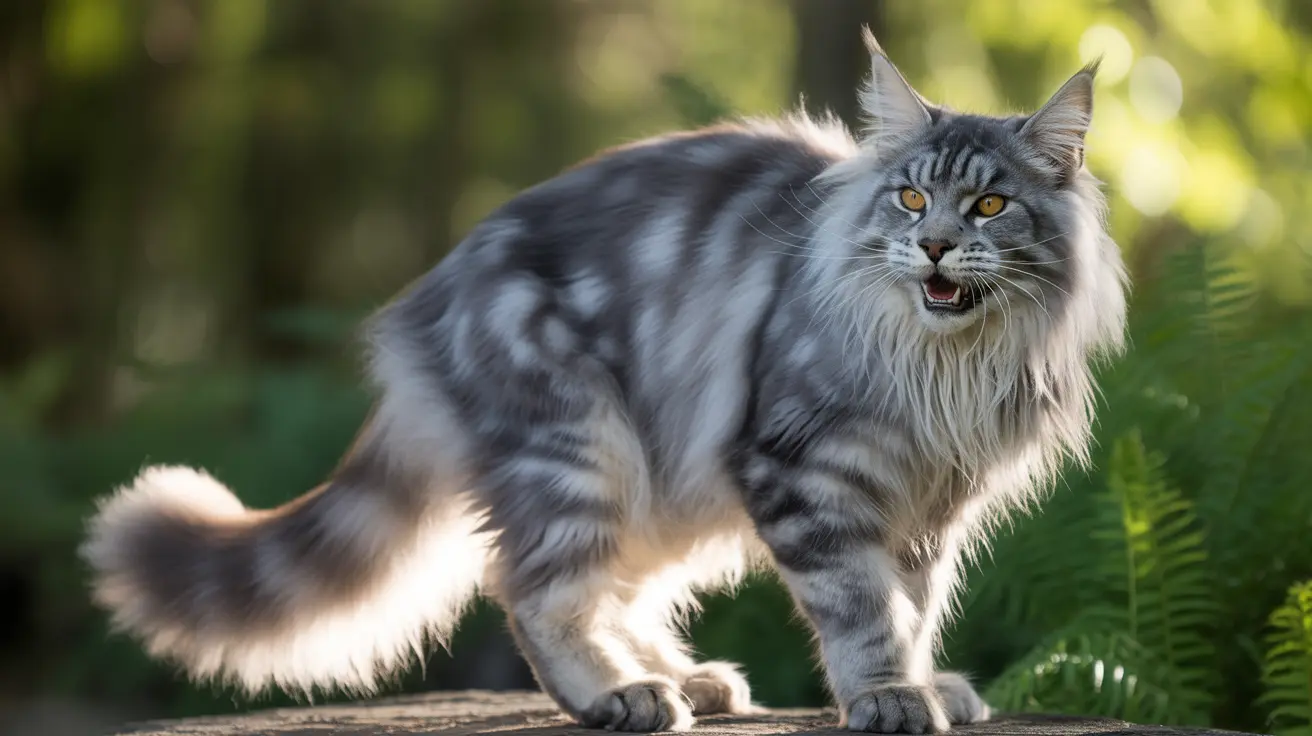Kangal Shepherd Dog: The Powerful Guardian Breed
The Kangal Shepherd Dog is a formidable and noble livestock guardian originating from the Sivas Province in central Turkey. With centuries of history, this breed isn't just known for its impressive size and power, but also for its fierce loyalty and territorial instincts, which can be misinterpreted as aggression if not properly understood.
Breed Origin and Role
The Kangal has long served as a guardian of flocks, protecting sheep and goats from predators such as wolves, bears, and jackals. The breed is deeply embedded in Turkish culture and is often referred to as the national dog of Turkey. The isolation of the region led to a pure and uniform breed both in appearance and function.
Physical Characteristics
- Size: Males typically stand 28–34 inches tall and weigh 105–145 pounds. Females are slightly smaller.
- Coat: Dense double coat—short to medium length, weather resistant.
- Color: Commonly fawn, cream, or steel grey with a black facial mask and ears.
- Tail: Curled over the back when alert.
Temperament and Behavior
Kangals are known for their calm, confident, and independent demeanor. They are particularly:
- Extremely loyal to their family or flock.
- Reserved and sometimes aloof with strangers.
- Highly territorial, ready to challenge perceived threats.
- Not naturally aggressive toward people, but very protective.
When well-socialized, they are gentle and devoted to family and especially protective yet kid-tolerant around children.
Training and Owner Suitability
This breed is not suitable for novice dog owners. It requires:
- Consistent, calm leadership.
- Early and thorough socialization and obedience training.
- Positive reinforcement methods.
- Owners who understand and can manage dominant behaviors.
Because of their size and strength, Kangals must be well trained to ensure control in public or new environments.
Exercise and Living Requirements
As a working guardian, a Kangal needs:
- 1–2 hours of exercise daily, including physical and mental stimulation.
- Large, securely fenced gardens—not suitable for apartment living.
- Space to patrol and remain active to avoid boredom and destructiveness.
Grooming and Care
- Low grooming needs—weekly brushing suffices.
- Increased shedding during spring and fall may require more frequent grooming.
- Regular nail trimming, ear cleaning, and dental hygiene are essential.
Health and Lifespan
Generally a healthy breed with a lifespan of 10–15 years. Potential health issues include:
- Hip and elbow dysplasia
- Entropion (eyelid rolling)
- Gastric torsion (bloat)
Responsible breeding programs and regular vet checks are crucial for maintaining health.
Interactions with Children and Other Animals
- Good with children in the family when well-socialized.
- Supervision around younger kids is advised due to size and strength.
- Potentially dominant or aggressive toward unfamiliar animals, especially same-sex dogs.
- Early and continued socialization helps in managing behaviors.
Work and Global Impact
In addition to their role in Turkey, Kangals have been used in Africa (Namibia, Kenya, Tanzania) to protect livestock from cheetahs and other predators. This use reduces both livestock loss and human-wildlife conflict, making the breed integral to conservation efforts.
Kangal vs. Anatolian Shepherd
In some areas, especially the U.S., the term Anatolian Shepherd Dog refers to similar Turkish breeds. However, Turkish authorities clearly distinguish the purebred Kangal as a separate breed. Efforts are now underway to import and preserve true Kangal lines internationally.
Final Thoughts
While the Kangal is not the most aggressive dog breed per se, its potent combination of strength, intelligence, and territorial protectiveness makes it one of the most capable. This can lead to perceived aggression if improperly managed. With the right owner—one who offers leadership, space, and lifelong training—the Kangal is a loyal, effective, and even gentle giant.





